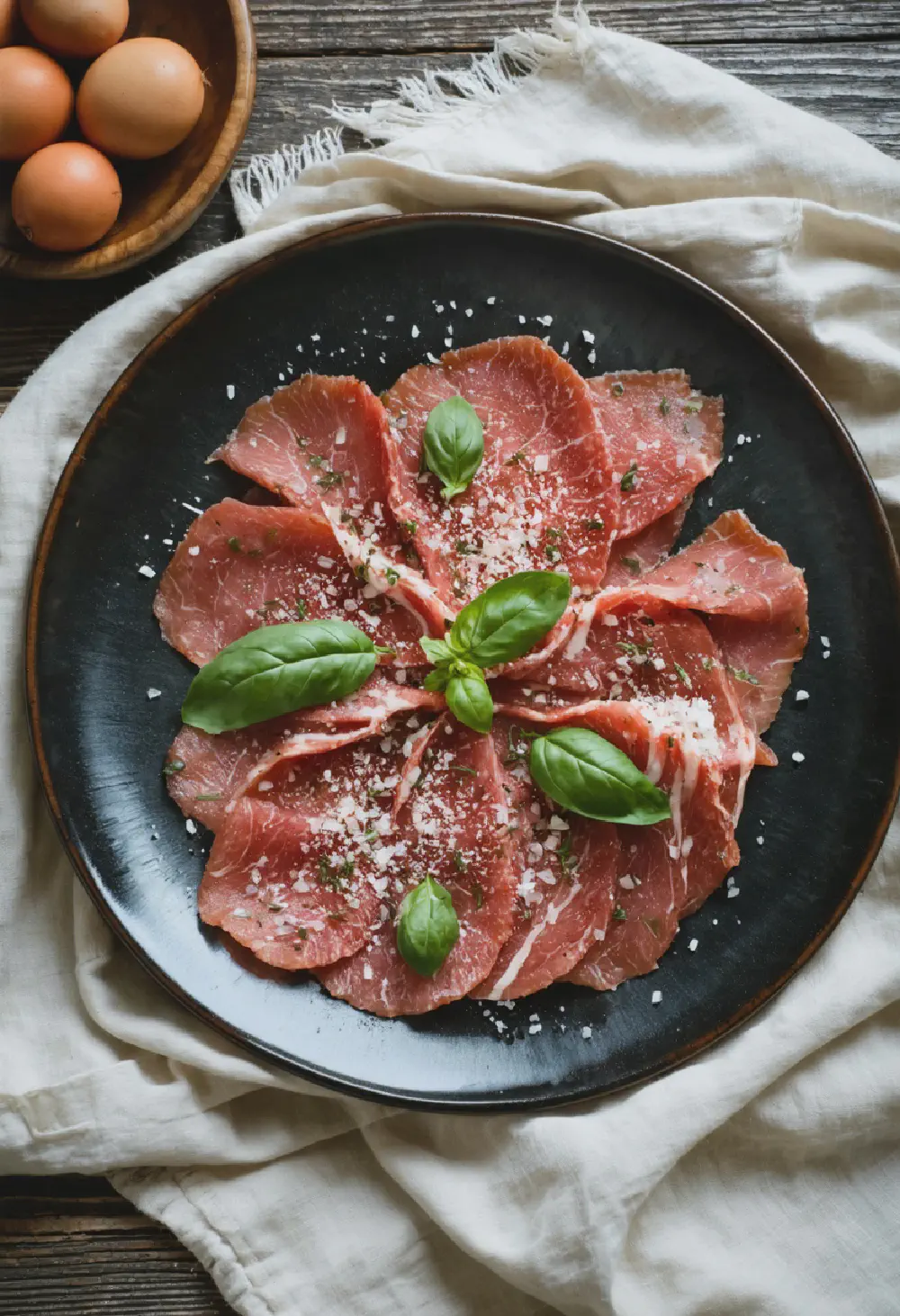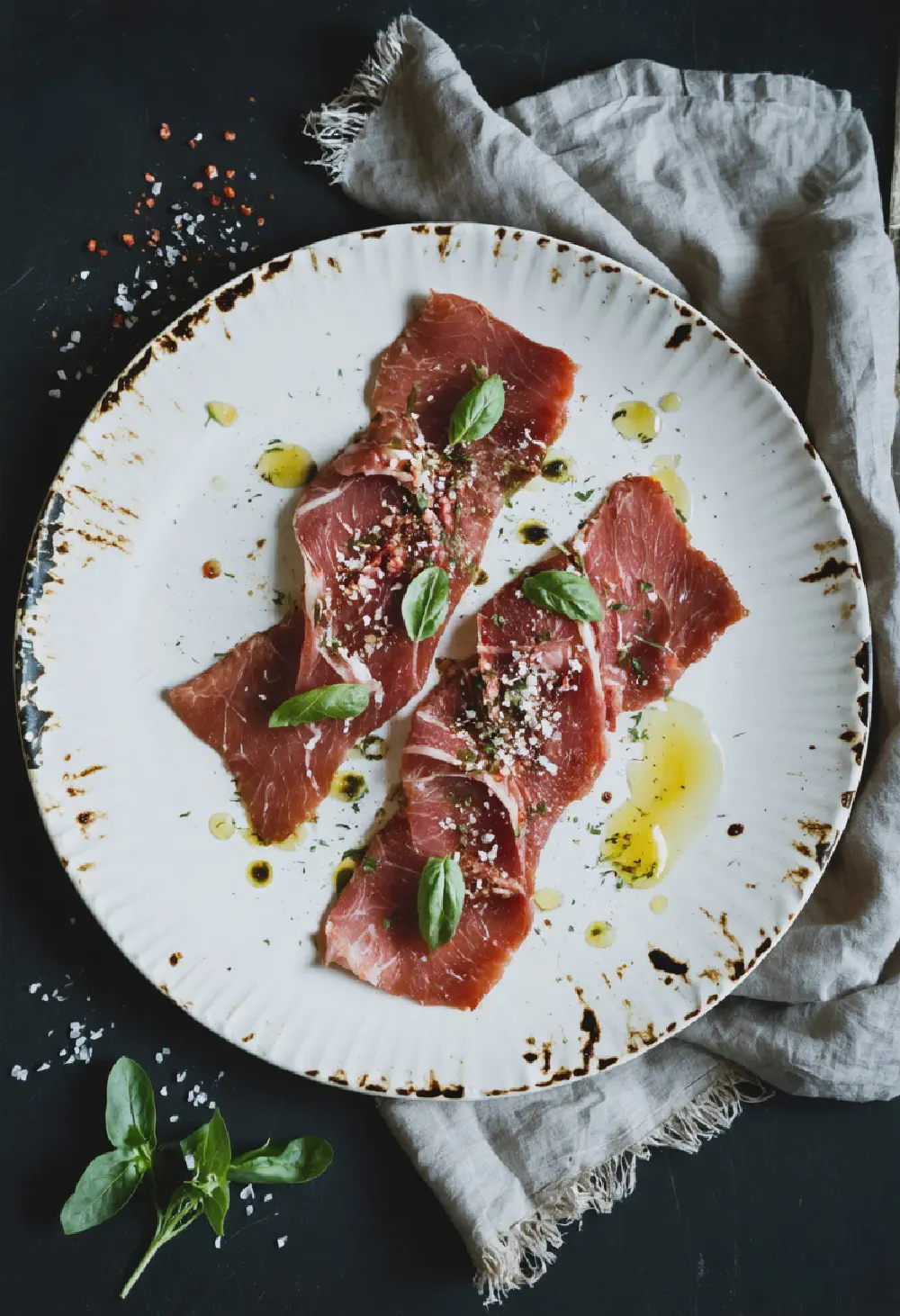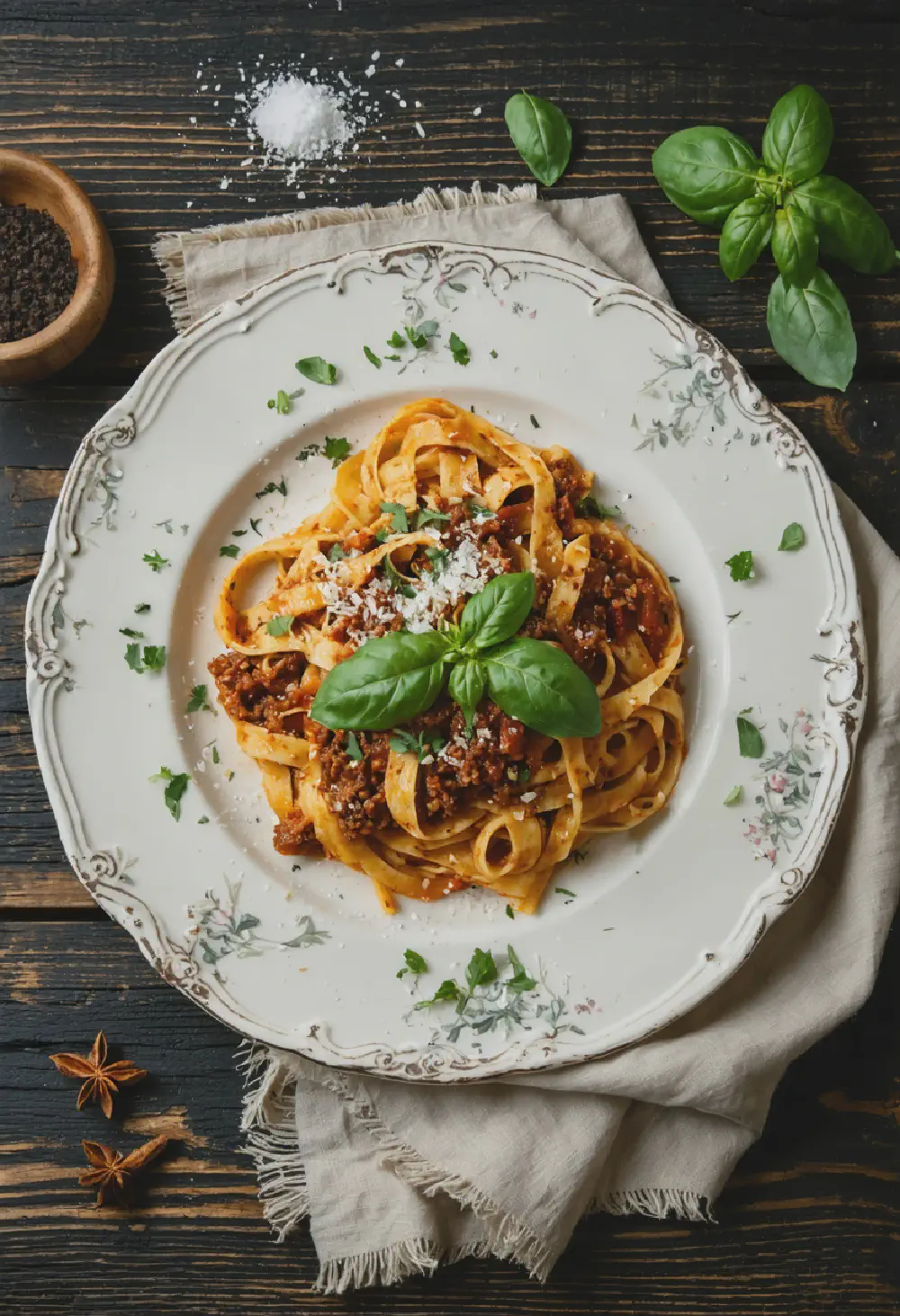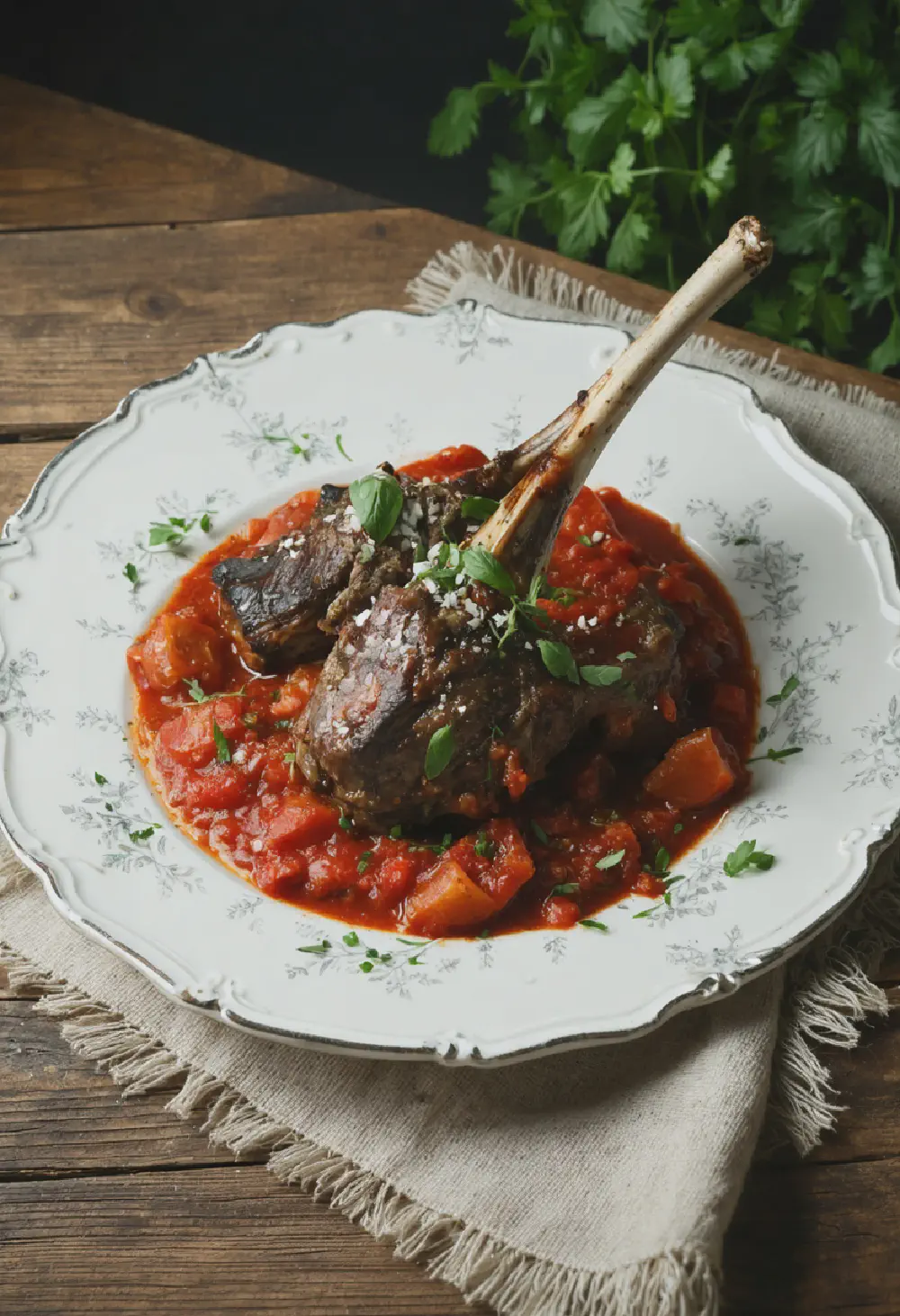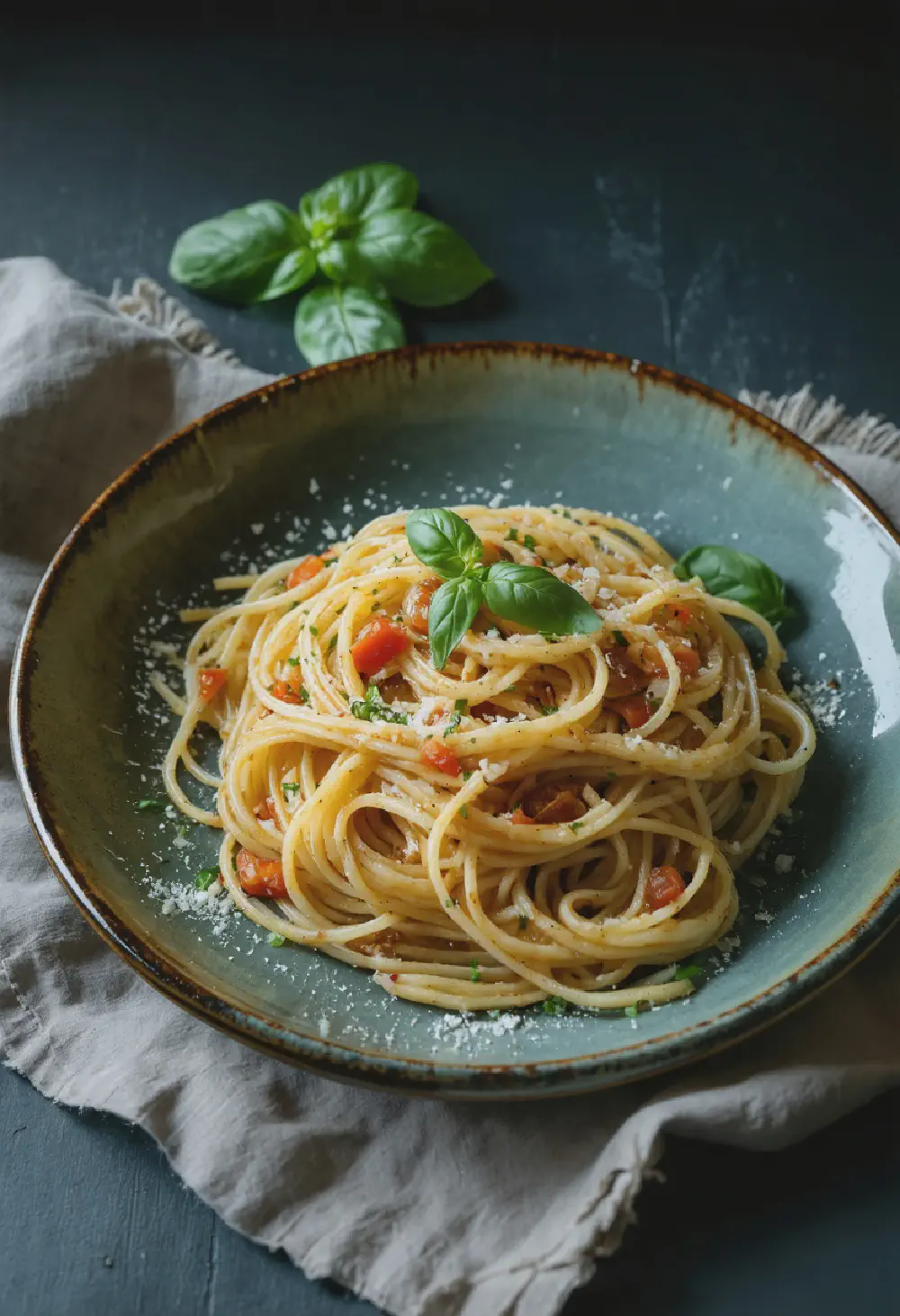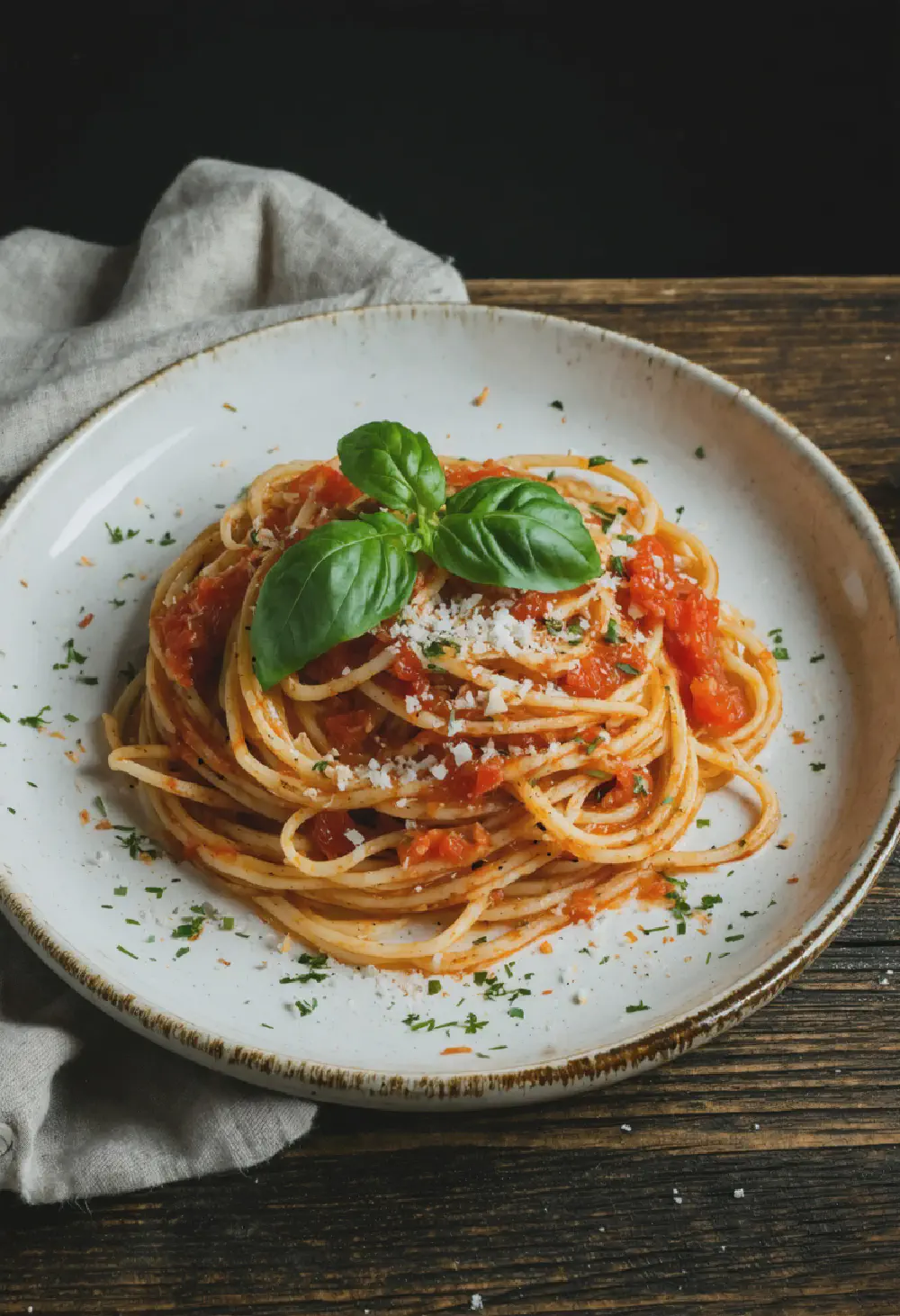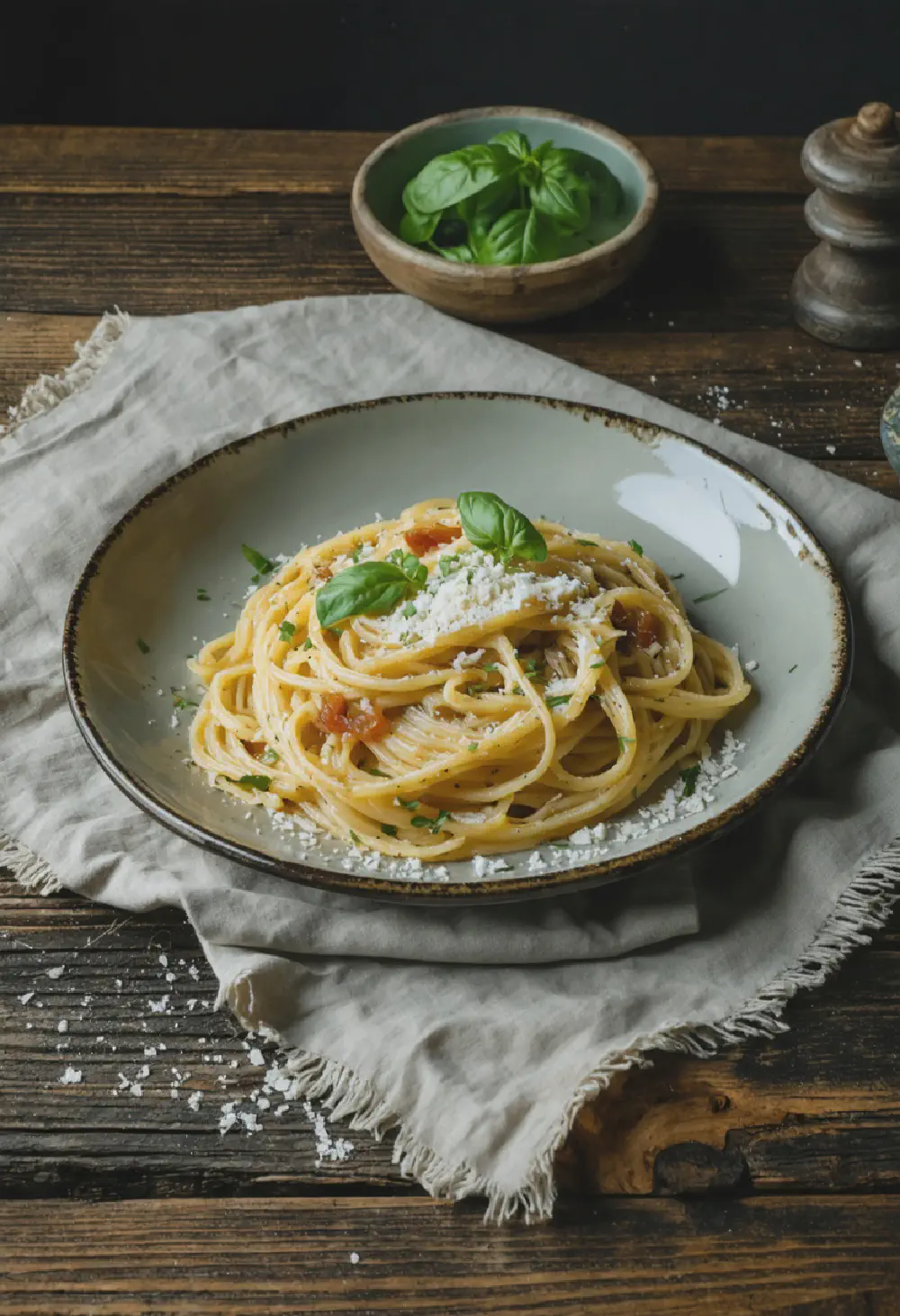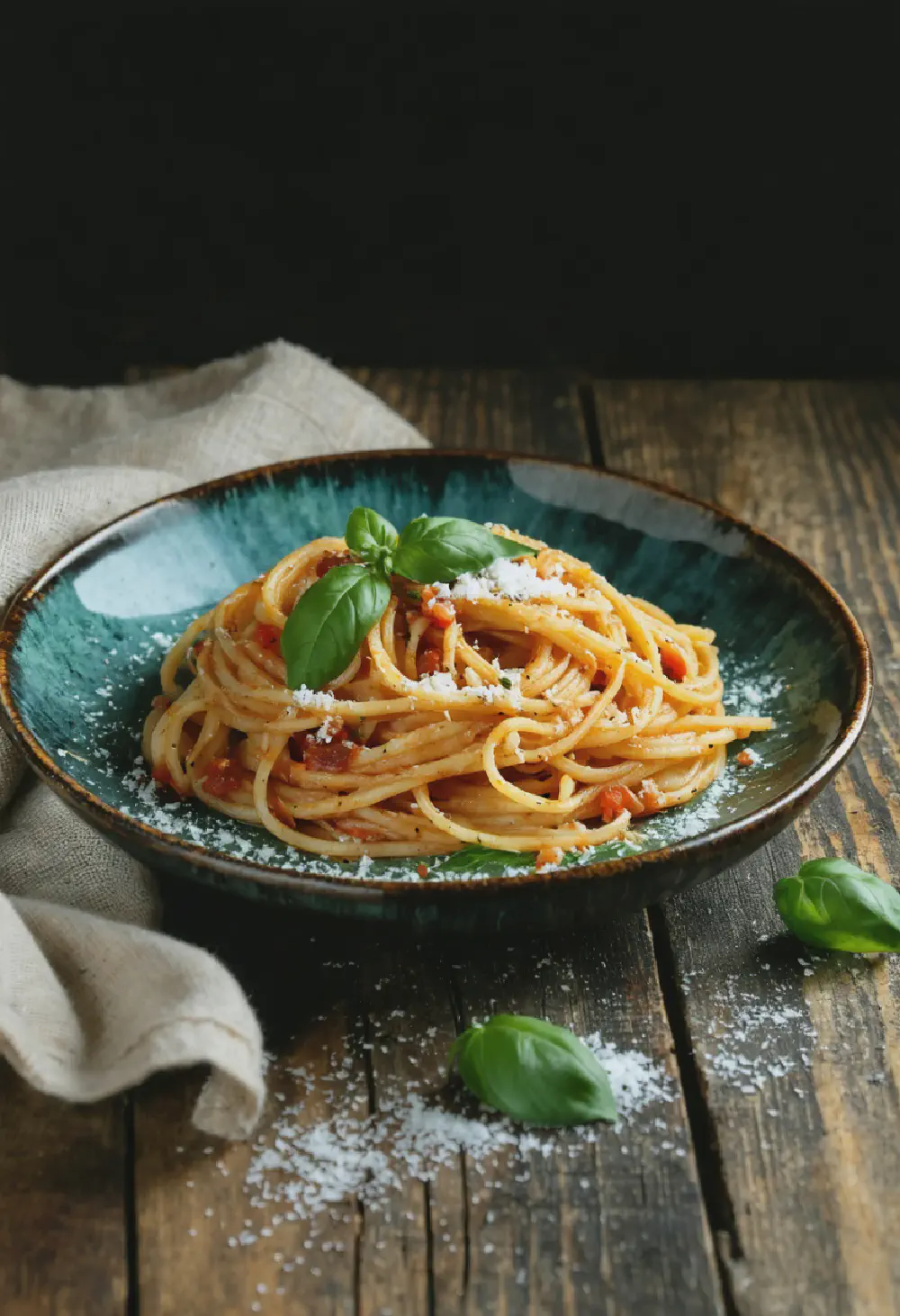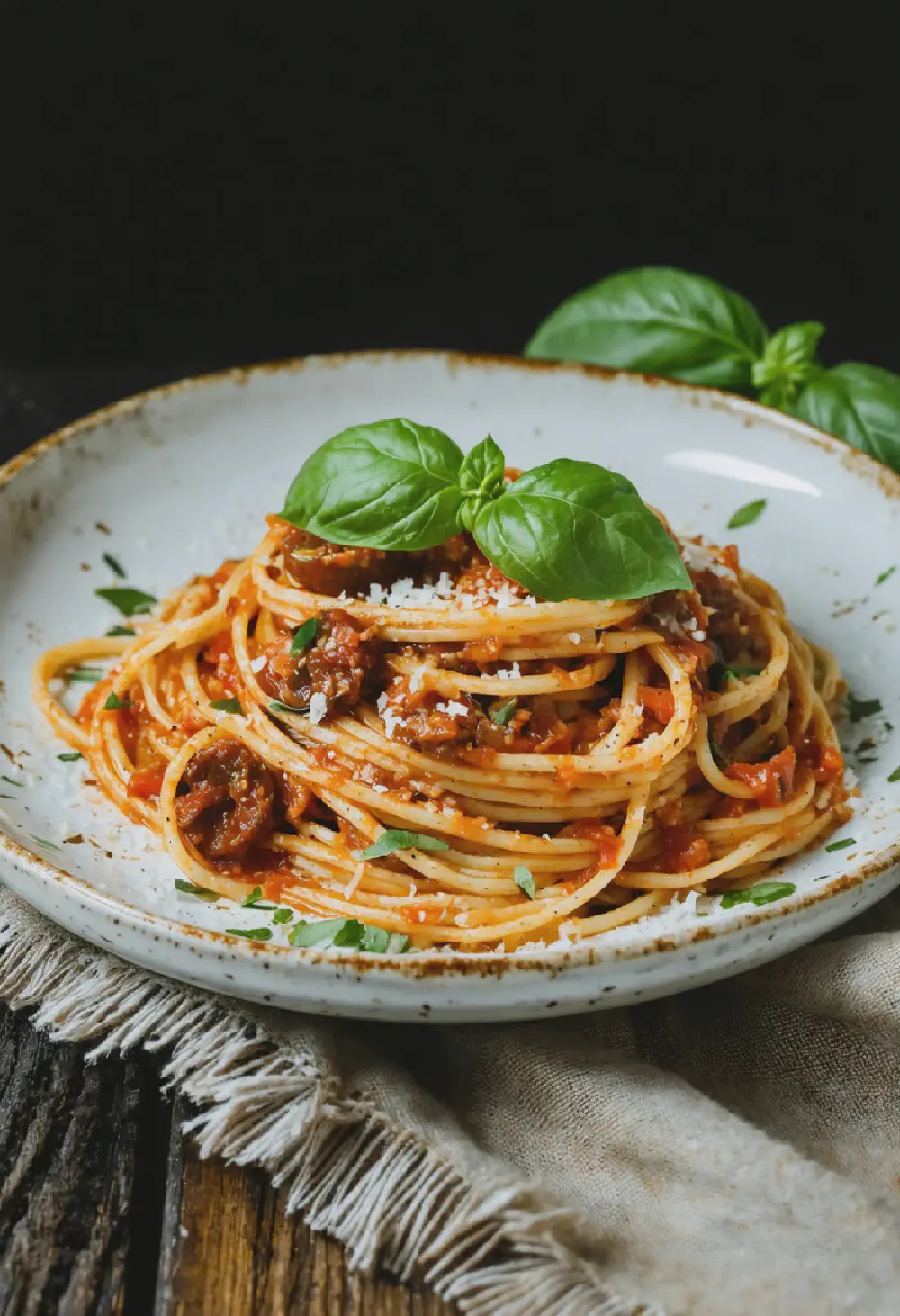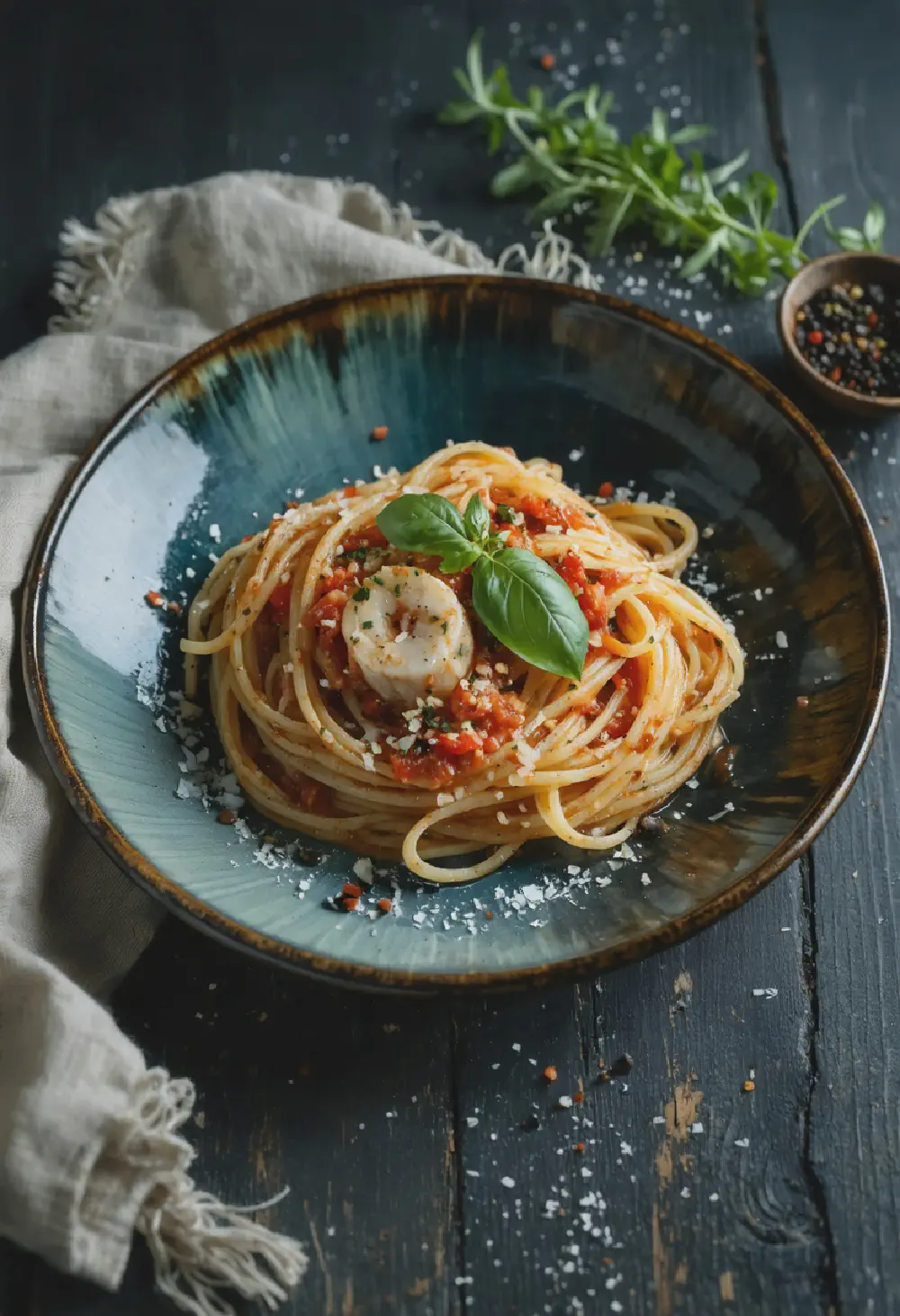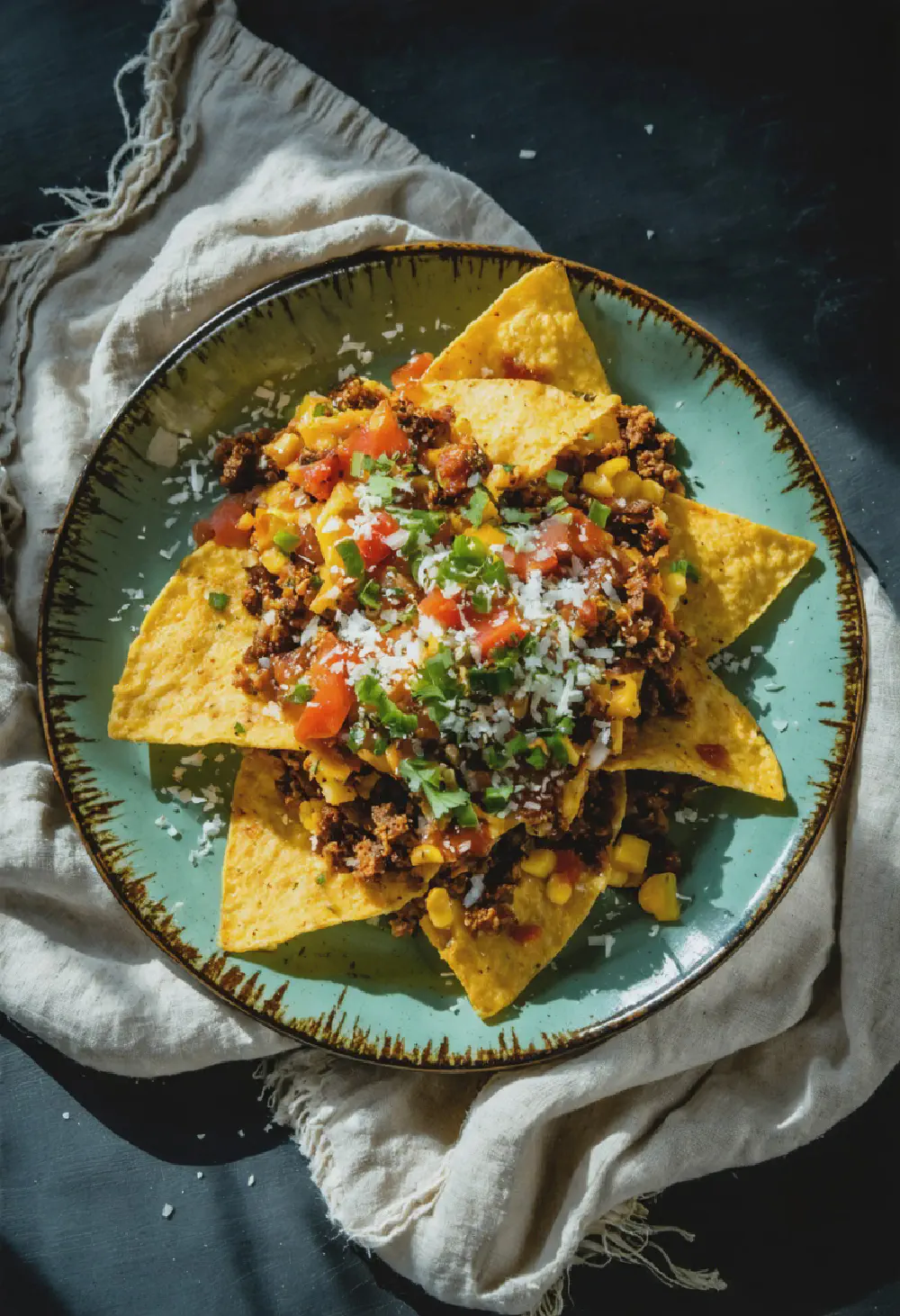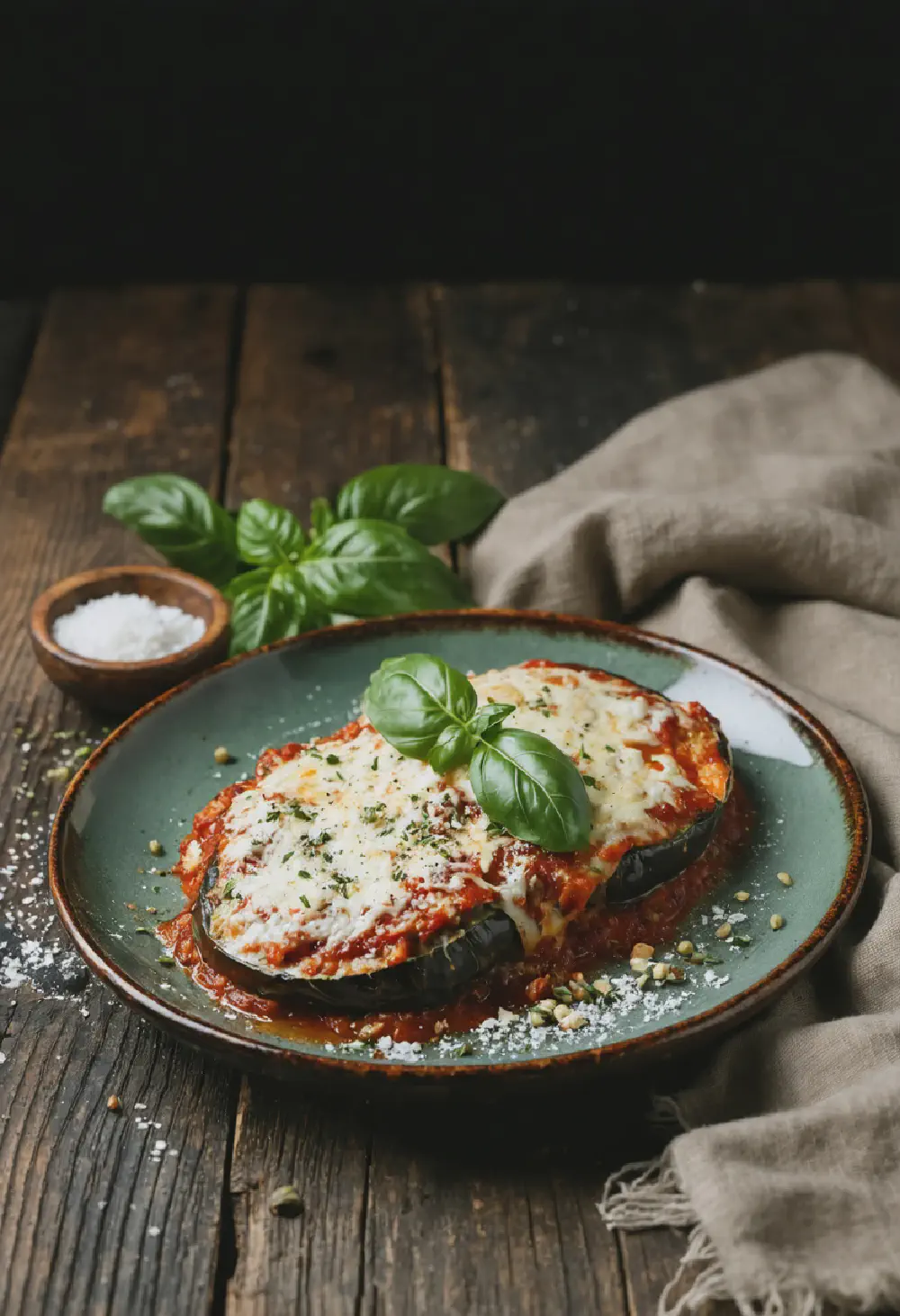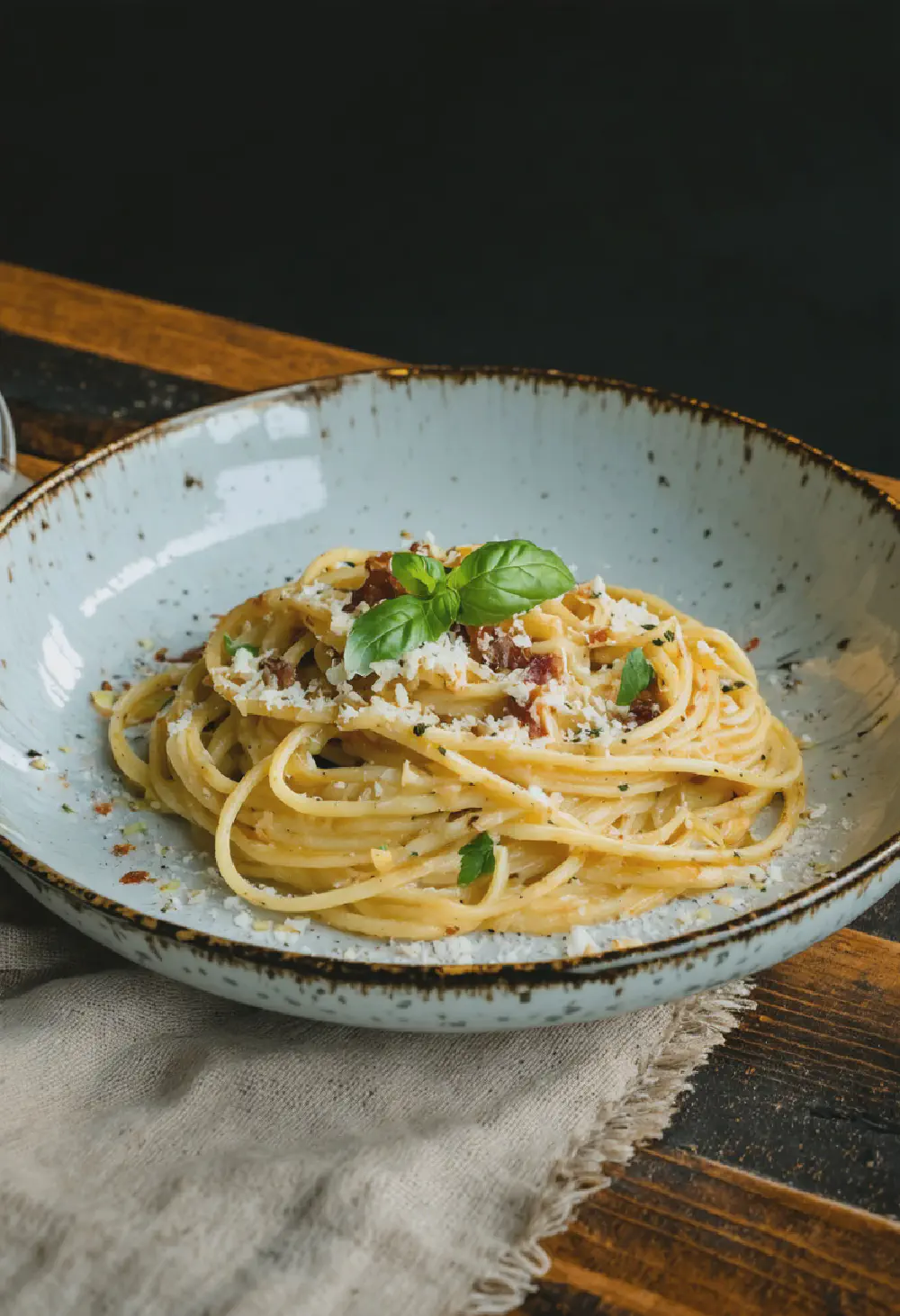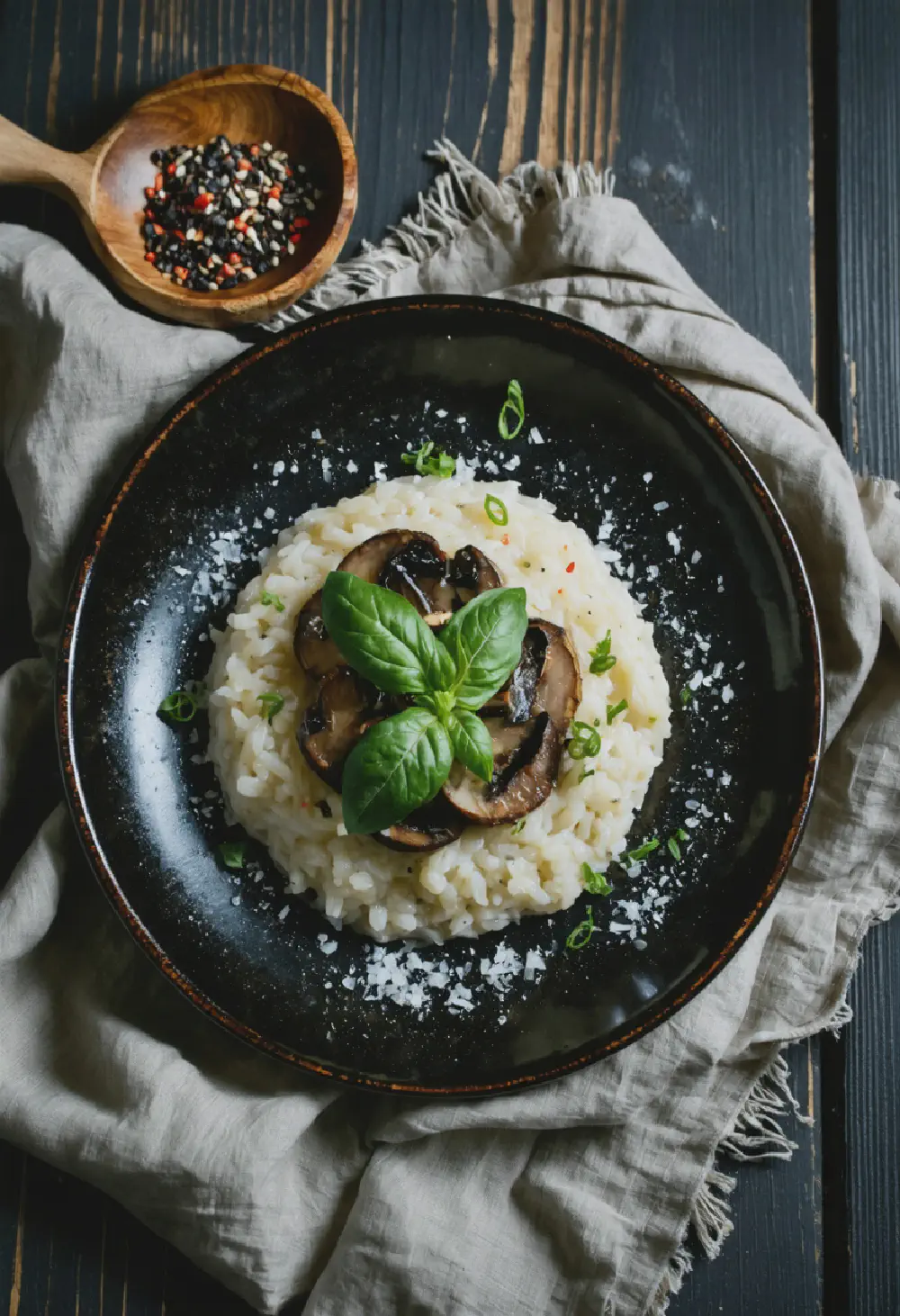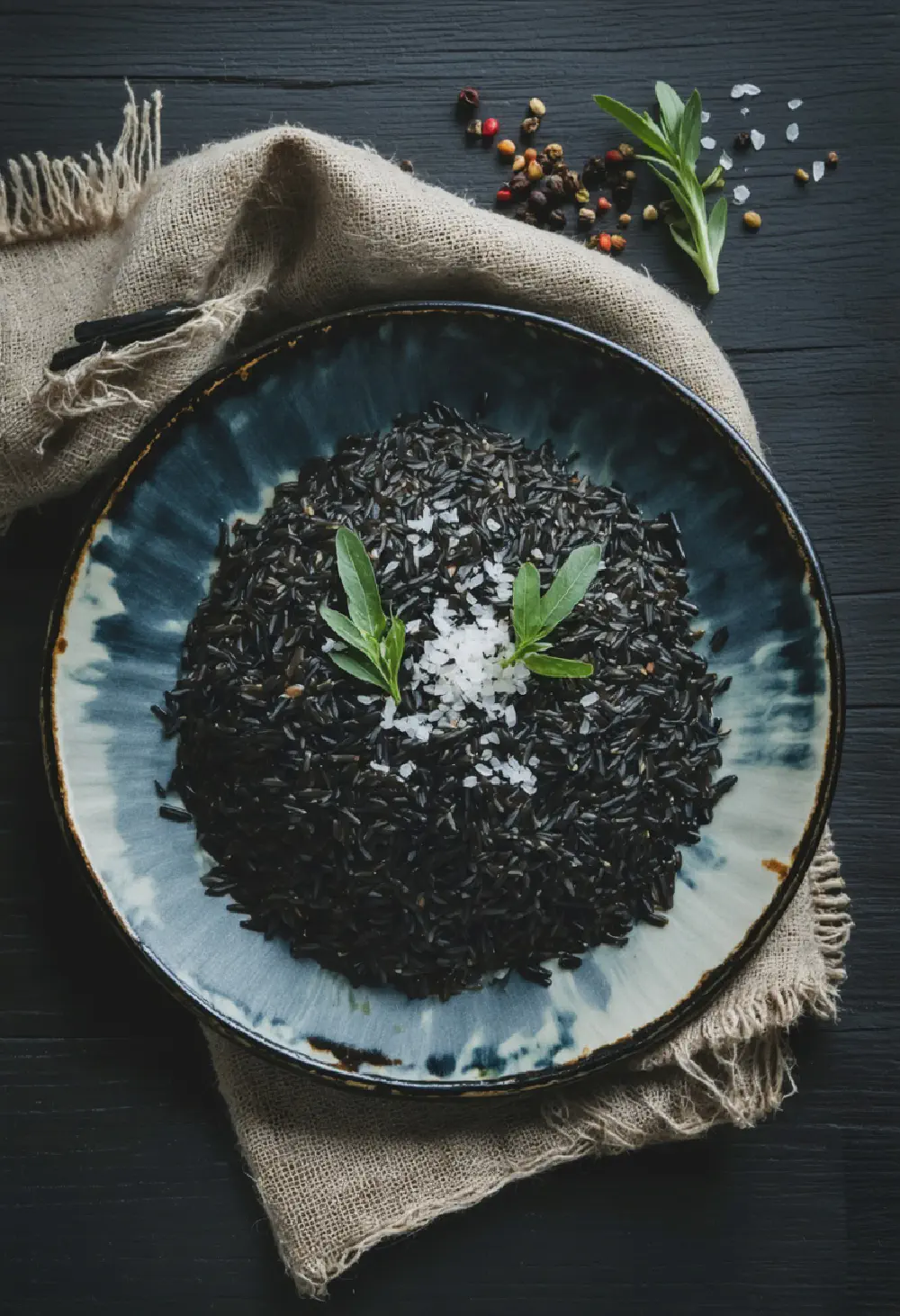Carpaccio di Manzo
20M
20M
- Makes 4 servings
- 400g beef tenderloin, trimmed of fat and sinew
- 100g arugula
- 50g Parmesan cheese, shaved
- 2 tablespoons capers
- 2 tablespoons olive oil
- 1 tablespoon lemon juice
- 1 teaspoon Dijon mustard
- Salt and freshly ground black pepper to taste
- Wrap the beef tenderloin tightly in plastic wrap and place it in the freezer for about 1 hour to firm up. This will make it easier to slice thinly.
- Remove the beef from the freezer and unwrap it. Using a sharp knife, slice the beef as thinly as possible. Arrange the slices on a chilled serving platter, slightly overlapping.
- In a small bowl, whisk together the olive oil, lemon juice, and Dijon mustard to make the dressing. Season with salt and pepper to taste.
- Drizzle the dressing over the beef slices. Let the beef marinate for about 5 minutes.
- Arrange the arugula on top of the beef. Scatter the capers and shaved Parmesan cheese over the arugula.
- Serve immediately, with additional freshly ground black pepper if desired.
Carpaccio di Manzo: A Delicate Italian Delight
History
Carpaccio di Manzo, a dish that epitomizes the elegance of Italian cuisine, has a fascinating origin story. Created in 1950 at Harry’s Bar in Venice, Italy, this dish was named after the Venetian painter Vittore Carpaccio, known for his use of vibrant reds and whites, reminiscent of the dish’s appearance. The story goes that the dish was invented for a countess who was advised to avoid cooked meat. The chef at Harry’s Bar, Giuseppe Cipriani, responded by creating this now-iconic dish of thinly sliced raw beef. Since its inception, Carpaccio di Manzo has become a staple in Italian restaurants worldwide, celebrated for its simplicity and sophistication.
Taste Profile
The taste profile of Carpaccio di Manzo is a harmonious blend of delicate and bold flavors. The star of the dish is the thinly sliced raw beef, which offers a tender and melt-in-your-mouth texture. The beef is typically seasoned with a tangy and refreshing dressing, often made with lemon juice, olive oil, and sometimes Worcestershire sauce, which adds a zesty and slightly acidic note that complements the richness of the meat. The dish is often garnished with capers, shaved Parmesan cheese, and arugula, adding layers of salty, nutty, and peppery flavors. This combination creates a refreshing and light appetizer or meal that is both satisfying and invigorating.
Cultural Significance
Within Italian cuisine, Carpaccio di Manzo holds a special place as a symbol of the country’s culinary innovation and respect for high-quality ingredients. Italian cuisine is renowned for its emphasis on fresh, seasonal produce and simple yet flavorful preparations, and Carpaccio di Manzo embodies these principles perfectly. The dish showcases the art of using minimal ingredients to create a dish that is greater than the sum of its parts. It also reflects the Italian appreciation for raw and cured meats, a tradition that dates back centuries. As an appetizer, Carpaccio di Manzo is often served at the beginning of a meal, setting the stage for the culinary journey that follows. Its presence on menus around the world is a testament to the enduring appeal and cultural significance of this classic Italian dish.
